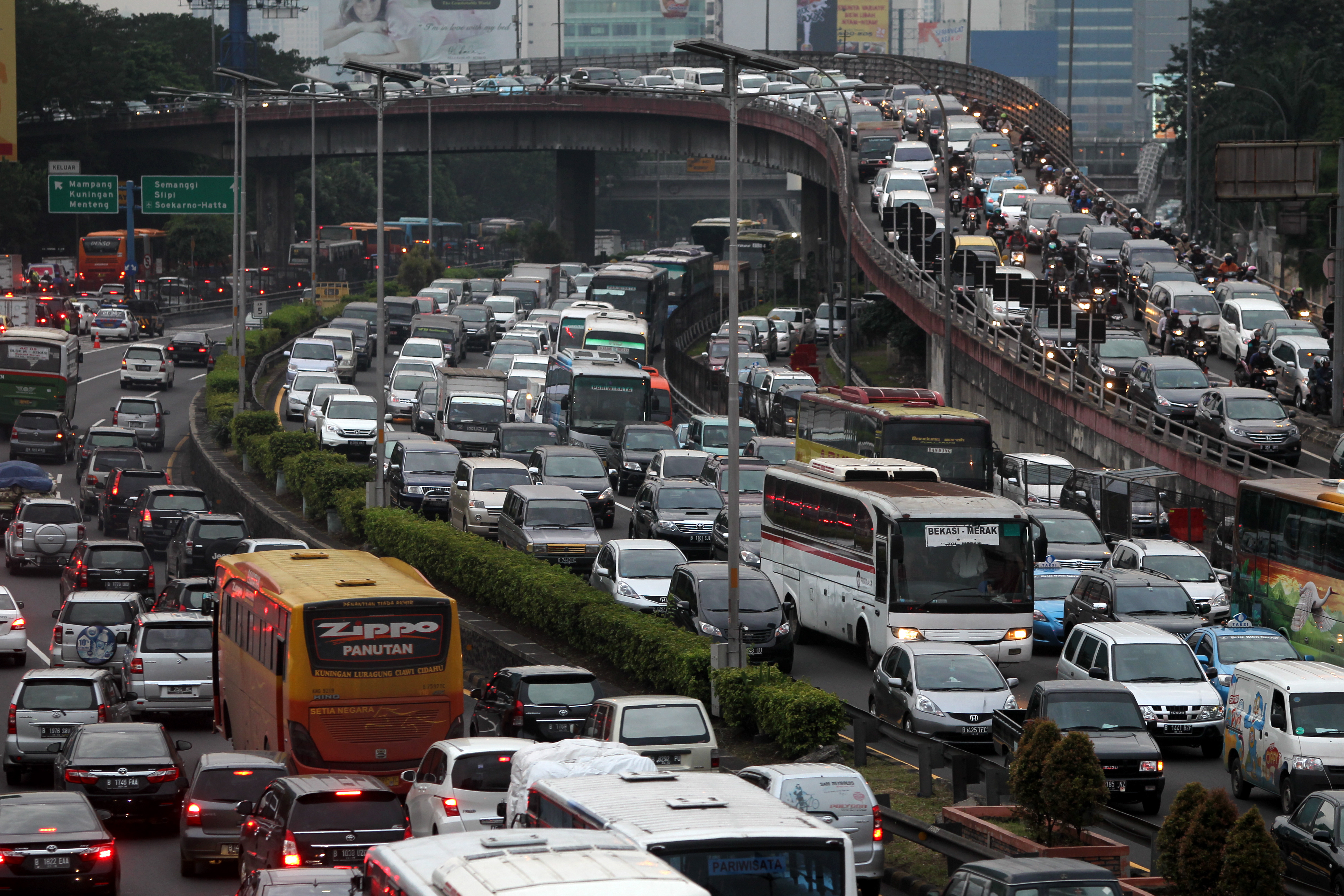KATHMANDU, Nepal – Shangri-la is not Shangri-la with traffic.
It is a place in hell on the wheel of life, and it is a very painful hell.
It is maneuvering through streets of mud and deep, gaping holes, the product of construction that seems timeless amid missed deadlines.
Driving in Kathmandu calls for commando-like survival skills to maneuver among legions of motorcycle drivers, who squirm left and right and everywhere to beat the stalled traffic.
It calls for great calm as well to cope with tiny, overcrowded mini-buses that edge up close so the drivers' assistants can bang on your car warning that you are close to colliding with them.
The virtually motionless line traffic can nearly drain your pool of patience as you enter Kathmandu via the sole road leading to the capital of this mountain nation. You crawl languidly in a mostly two-lane road behind trucks and buses that howl all night long, their horns seemingly praying for a place to speed up.
The traffic problems in Kathmandu and Nepal can be blamed on the arrival of the 21st century in a luscious but poverty-stricken country.
Outside Kathmandu, drivers must contend with narrow, out-dated roads through mountainous terrain sometimes overcome by landslides. It is estimated that nearly half of Nepal's population does not have access to all-weather roads. But the main problem in the rural areas is getting medical care for accident victims.
Within Kathmandu, the explosion of vehicles, mostly of the two-wheel kind, is a confounding dilemma. Motorbikes make up three out of four of the vehicles on Nepal's roads, according to research studies. The bikes are everywhere and they clog the roads like metal birds pushing to get ahead.
Kathmandu's basic problem is that there are too many narrow alleys and streets throughout the ancient city and too few broad roadways and too few traffic lights and traffic police to cope with the flow of traffic.
One result of the crunch on Kathmandu's roads is a 130 percent increase in accidents in the last five years, according to figures from Kathmandu's Traffic Police.
Fatalities have climbed over the last few years, but they dropped by about 13 percent in the city over the last year, official figures show. Nationally, however, fatalities have steadily increased in recent years.
Why the decline in Kathmandu?
Most credit a stepped up crackdown on drunk driving in the city. Since the effort began in December 2011, police have stopped thousands of drivers, according to the Himalayan Times.
Yet serious challenges face Nepali officials in making the roads safer.
Separating motorbikes and cars is one commonly raised suggestion. Getting worn-out and dangerous cars off the roads is another. Enforcing traffic laws is yet another, according to researchers.
The much delayed road construction is not only a problem for drivers. Traffic police have been increasingly calling in sick, according to a recent article in the Himalayan Times, because of the pressures of the job along with "respiratory diseases caused by increased dust, smoke…"
Indeed, skimming through Kathmandu in a small taxi at night after a heavy drenching of rain can take your breath away.
There are few street lights on roads under construction, where the cars and motorbikes dance left and right to avoid the mounds of mud and where they swerve out of the way of the roadside holes from the construction.
In the dark, a set of car lights suddenly looms not too far away and they seem headed for you. Your taxi lurches out of the way but you don't relax yet.
There's a way to go.














